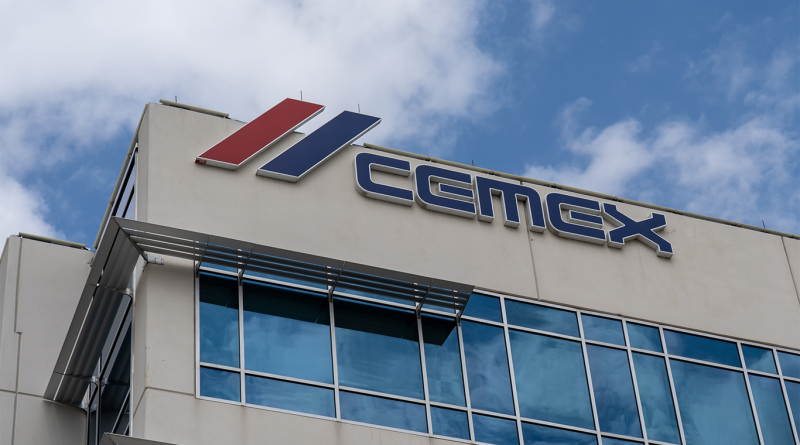CEMEX Collaborates with Industry Giants to Revolutionize Eco-Friendly Construction
The construction industry has long been recognized for its substantial environmental impact, contributing significantly to global carbon emissions and resource depletion. As the world increasingly turns towards sustainable practices, the construction sector is also striving to reduce its environmental footprint. At the forefront of this transformative effort is CEMEX, a global powerhouse in building materials committed to reducing the industry’s carbon footprint and promoting eco-friendly practices. This article explores CEMEX’s innovative partnerships and strategies aimed at achieving a greener future for construction.
Innovative Partnerships for a Greener Future
To spearhead its sustainability initiatives, CEMEX has established strategic partnerships with prominent heavy equipment manufacturers. These collaborations are crucial in developing and implementing new technologies aimed at reducing the environmental impact of construction activities.
CEMEX has forged strategic alliances with heavy equipment manufacturers such as Caterpillar, Komatsu, and John Deere. These collaborations are focused on developing and implementing new technologies that enhance sustainability in construction. By pooling resources and expertise, these partnerships aim to create machinery that reduces emissions and improves energy efficiency. This collective effort is crucial in advancing the industry’s sustainability goals.
Technological Advancements: Electric and Hybrid Equipment
A significant focus of CEMEX’s sustainability strategy is the development and deployment of electric and hybrid construction equipment. These technologies represent a paradigm shift in how construction machinery operates, moving away from traditional diesel engines to more environmentally friendly alternatives.
CEMEX is investing heavily in electric construction equipment, which significantly reduces greenhouse gas emissions compared to their diesel counterparts. The transition to electric machinery is a key component of CEMEX’s strategy to lower the carbon footprint of its operations. Alongside fully electric options, CEMEX is also developing hybrid equipment that combines electric power with traditional fuel sources. This approach allows for greater flexibility and efficiency, particularly in scenarios where fully electric machinery may not yet be viable.
CEMEX is exploring the use of biofuels and hydrogen as sustainable alternatives to diesel. Biofuels, derived from organic materials, offer a renewable energy source that can reduce emissions. Hydrogen-powered machinery, though still in the experimental phase, holds the promise of zero emissions, provided the hydrogen is produced using renewable energy.
Digital Solutions for Sustainable Operations
In addition to hardware innovations, CEMEX is leveraging digital solutions to optimize its construction processes. The integration of data analytics and Internet of Things (IoT) technologies plays a crucial role in enhancing operational efficiency and sustainability.
By harnessing the power of big data, CEMEX can monitor and analyze various aspects of its construction operations. This includes tracking energy usage, machinery performance, and resource allocation. Data-driven insights enable CEMEX to identify areas for improvement and implement strategies to reduce waste and emissions. IoT devices embedded in construction machinery and equipment provide real-time data on their status and performance. This connectivity allows for proactive maintenance, reducing downtime and improving efficiency. IoT also facilitates better resource management, ensuring that materials and energy are used optimally.
CEMEX is exploring the use of digital twin technology, which creates a virtual replica of physical assets. This technology enables detailed simulations and analysis, helping to optimize construction processes and reduce environmental impact.
CEMEX’s Commitment to Net-Zero Emissions
CEMEX’s sustainability efforts are part of a broader strategy to achieve net-zero CO2 emissions by 2050. The company has set ambitious targets to guide its journey towards this goal. By 2030, CEMEX aims to reduce its CO2 emissions per ton of cementitious material by 47%. This target is part of the company’s intermediate milestones on the path to net-zero emissions. Achieving this requires significant changes in production processes, energy usage, and material sourcing.
CEMEX is investing in the development of new materials that have a lower environmental impact. This includes alternative cements and concrete that reduce CO2 emissions during production and use. CEMEX is also focused on greening its supply chain, working with suppliers to ensure that the materials and services they provide align with CEMEX’s sustainability standards. The goal is to create a holistic approach to sustainability that encompasses the entire lifecycle of construction projects.
Sources:
